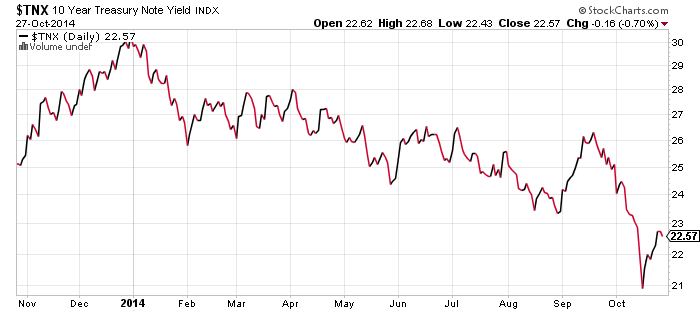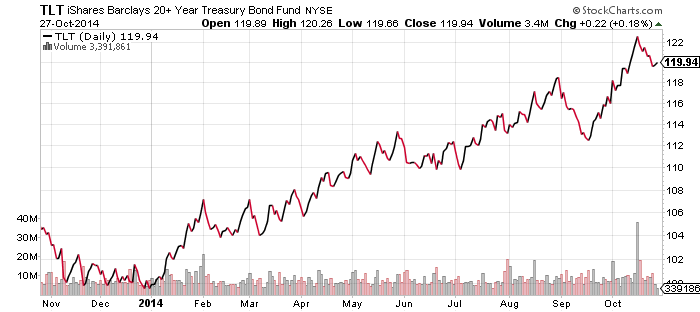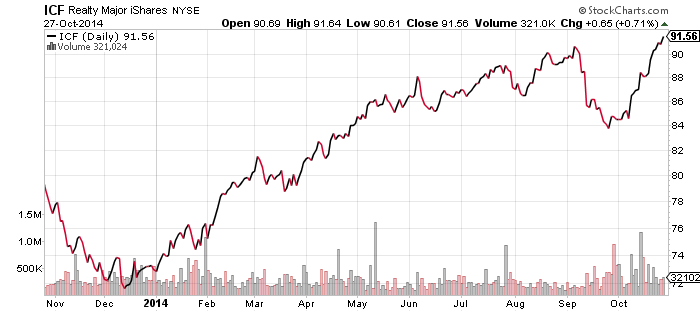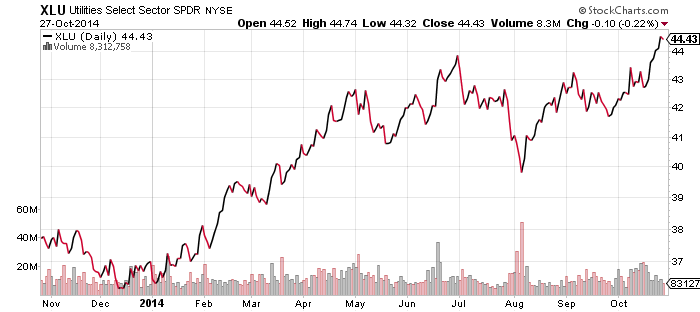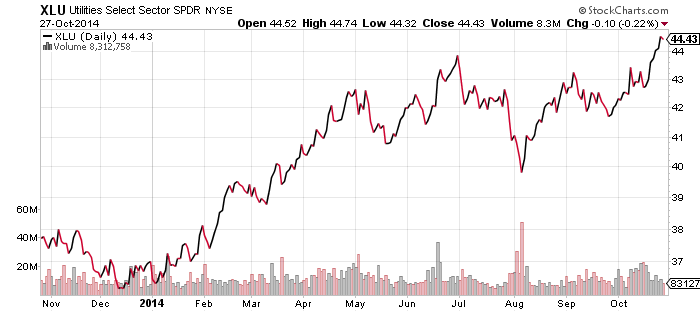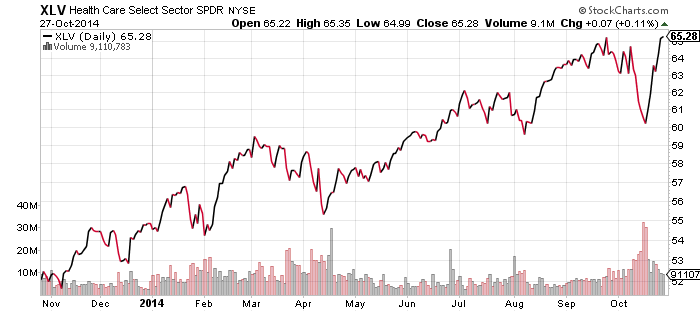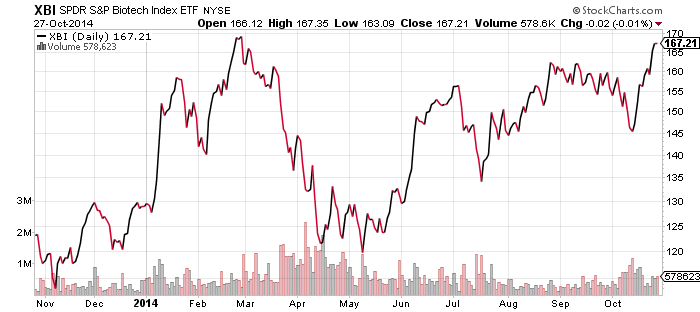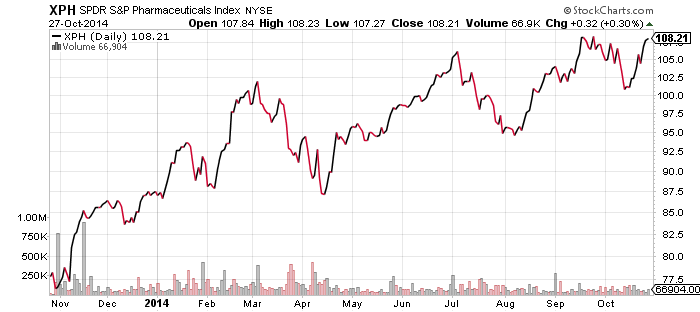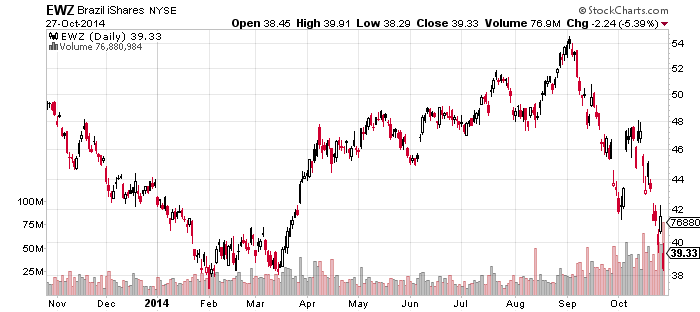U.S. markets experienced a double dose of good news this week. First, the Federal Reserve exited the third iteration of its quantitative easing program. The program has been both hated and loved for various reasons, but the overall net impact is negative for the economy. Interest rates near zero are generally not a good thing for an economy. The argument in favor of maintaining such low rates is the economy would be far worse without them. Rising interest rates induce more risk taking, not less, because lenders and investors can earn positive returns. Additionally, savers, especially retirees, will be able to earn a decent return as rates again move higher.
The second piece of good news was the stronger than expected GDP report for the third quarter. The advance estimate came in at 3.5 percent, slightly ahead of expectations in the low 3 percent range. Part of the spike was driven by defense spending, due to the campaign against ISIS. More important than the stronger GDP number is the Federal Reserve’s comments on hiring and other positive signs they’re seeing in the economy. The Fed sees raw data as it comes in, weeks ahead of when it is made public. If they’re still seeing strength, the upturn in the economy may finally have legs after 6 years of unease.
On the risk side, the Bank of Japan (BOJ) shocked global markets when it announced an increase in its quantitative easing program. The yen promptly sold off, breaking through a key support level, while the Nikkei shot up to a new multi-year high, also breaking through a key resistance level. Gold was hit hard in the wake of the news. One of the explanations for the drop in gold in 2013 was Japan’s aggressive monetary policy. At least for today, it appears that explanation was correct.
The BOJ’s decision isn’t all good news. The yen is a key trade currency because Japan competes with other Asian export powers, both for customers and is a major outsourcer in Asia. The markets are very happy about Japan’s decision today, but if the yen continues to weaken in the months ahead and takes down other currencies with it, this could turn into an Asian and/or emerging markets currency crisis. Traders started selling the Chinese yuan on Friday in response to the BOJ’s move, a possible foreshadowing of trouble down the road.
On the bright side, we moved into the WisdomTree Japan Hedged Equity Fund (DXJ) recently in the ETF Investor Guide as we anticipated a breakout. The fund is up more than 6 percent today, capturing the Nikkei’s gain and hedging away the currency losses. If Japan’s currency continues to devalue, Japanese and foreign investors will dump their yen for stocks and other assets, which is the scenario in which DXJ shines.
Domestically, major indexes are back at or near record highs due to the Fed, GDP report, strong earnings and BOJ decision. Following strong gains on Tuesday and Thursday, the S&P 500 Index pushed back to its all-time highs. The Dow Jones Industrial Average has been a laggard all year, but a strong earnings report from Visa (V) this week helped goose the index’s return and send it to a new all-time high on Friday. The Nasdaq pushed to new highs for the year, while the Russell 2000 saw its second strong week in a row. It is still in a downtrend for the year though, requiring a small gain to push above September’s high and then another 3 percent in order to make a new high for the year.

